The Secrets of Venn Diagrams: Your Guide to Visualizing Mathematical Relationships
Venn diagrams are a powerful tool for visualizing relationships between different sets. They use simple circles to represent different groups or things, showing how they overlap or don't overlap. In mathematics, Venn diagrams are used to illustrate set theory, logic, and probability. Let’s break down how to understand and use Venn diagrams step by step.
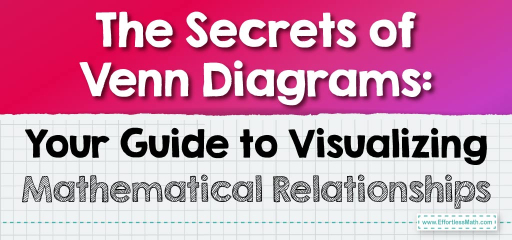
Step-by-step Guide to Unveiling the Secrets of Venn Diagrams
Here is a step-by-step guide to unveiling the secrets of Venn diagrams:
Step 1: Understanding the Basics
- Set: A collection of distinct objects or elements.
- Element: An individual object or member of a set.
- Intersection (\(∩\)): The set of elements that two or more sets have in common.
- Union (\(∪\)): The set containing all elements from the sets being considered.
- Complement: The set of all elements not in the set.
- Universal Set: The set that contains all the elements under consideration.
Step 2: Drawing Venn Diagrams
- Identify the Sets: Determine how many sets are involved in the problem. Each set will be represented by a circle or ellipse.
- Draw the Universal Set: Usually represented by a rectangle, it contains all the possible elements and all the circles representing the sets.
- Draw Circles for Each Set: Place circles within the universal set rectangle. Overlap them if there are elements common to the overlapping sets.
- Label the Sets: Each circle should be labeled with a capital letter or a descriptive title.
Step 3: Adding Elements to Venn Diagrams
- Place numbers or elements inside the circles according to which set(s) they belong to.
- The area where the circles overlap should contain elements that are common to both sets.
- Elements that belong to neither set should be placed outside the circles but inside the rectangle.
Step 4: Analyzing Relationships with Venn Diagrams
- To find the intersection of two sets, look at the overlapping region between their respective circles.
- To find the union, look at all the space within both circles.
- The non-overlapping parts of each circle show elements that are unique to one set and not the other.
Step 5: Using Venn Diagrams for Problem Solving
- In Set Theory: Venn diagrams can help you figure out relationships between sets, like which elements are in one set and not another.
- In Probability: They can be used to visualize outcomes and calculate probabilities, particularly when dealing with independent and mutually exclusive events.
- In Logic: Venn diagrams illustrate syllogisms and logical relationships between propositions.
Step 6: Solving Complex Problems
For more complex problems involving three or more sets, use overlapping circles to represent all possible intersections. This can become quite intricate, so careful attention to labeling and placement is key.
Final Word
Venn diagrams are a simple yet powerful way to visualize complex relationships in mathematics. Whether you’re a student just starting out with set theory or a professional needing to make logical inferences, Venn diagrams can clarify connections and facilitate a deeper understanding of the concepts at hand. With practice, drawing and interpreting Venn diagrams will become a quick and insightful reflex when approaching many mathematical problems.
Related to This Article
More math articles
- Geometry Puzzle – Challenge 76
- A Comprehensive Collection of Free TABE Math Practice Tests
- Distance Measurements
- 10 Most Common SIFT Math Questions
- How to Factor Polynomials by Taking a Common Factor?
- Best Books for Students Preparing for the SAT Math Test
- What Kind of Math Courses Are Required for Business Degree?
- Top 10 Tips to Create the CLEP College Algebra Study Plan
- 5th Grade SBAC Math Worksheets: FREE & Printable
- How to Find Real Zeros of Polynomials
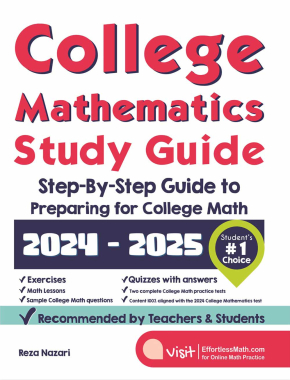
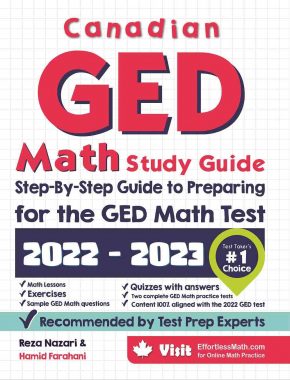
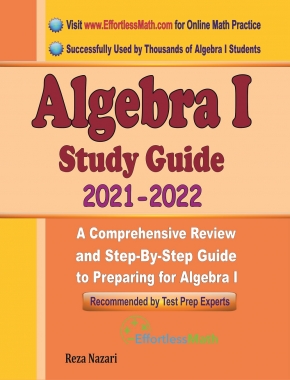
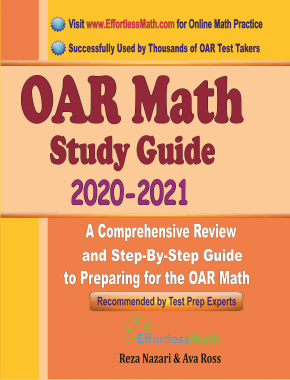
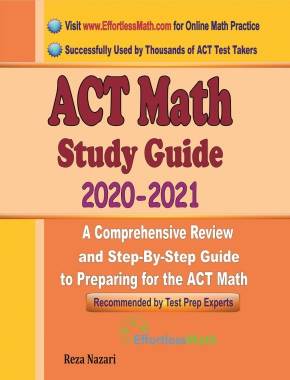
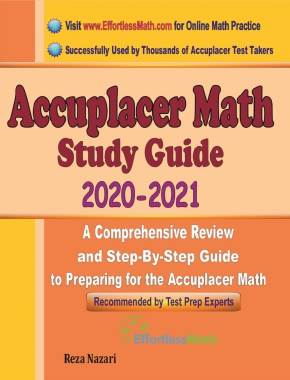
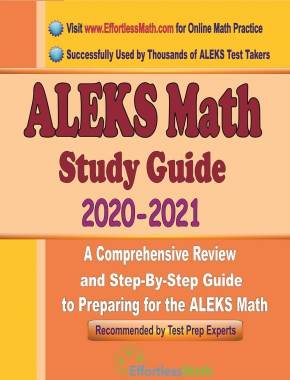
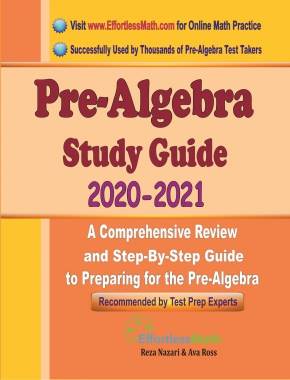
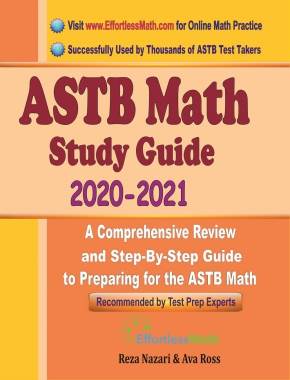
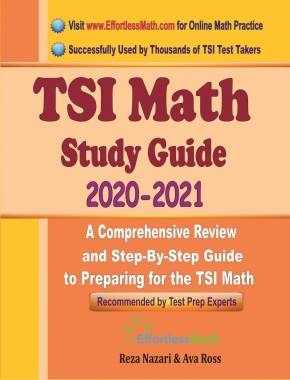
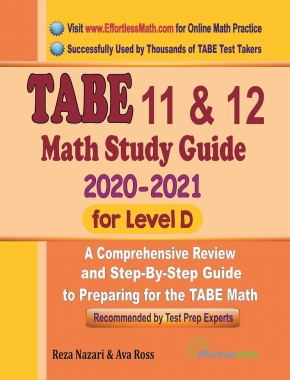
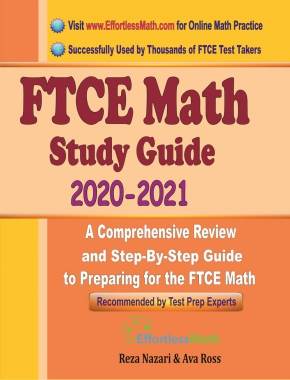
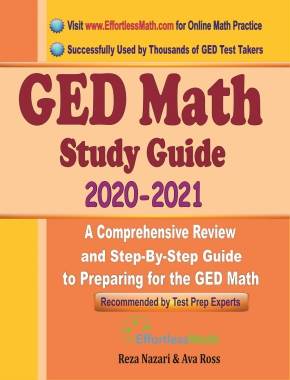
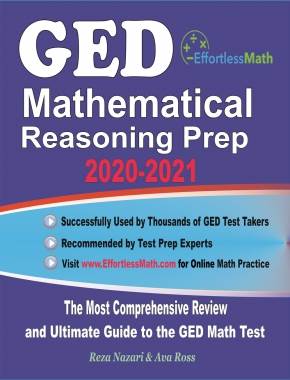
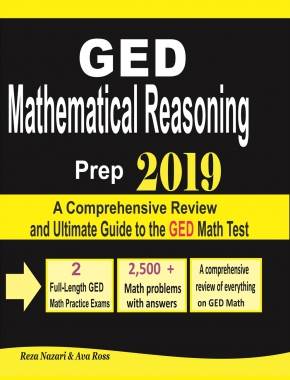

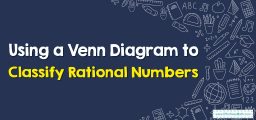
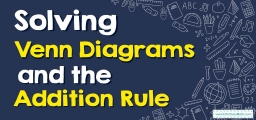

What people say about "The Secrets of Venn Diagrams: Your Guide to Visualizing Mathematical Relationships - Effortless Math: We Help Students Learn to LOVE Mathematics"?
No one replied yet.